Be a lens-mount hostage no more: Sigma to let you switch camera brands and keep your lenses
posted Thursday, August 1, 2013 at 12:00 AM EST
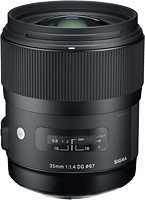
DSLR and mirrorless fans: Have you ever seen a camera announcement for a rival mount, and found yourself considering jumping ship? Chances are, even if the camera you were lusting after was amazing, you still didn't do it.
Third-party lens manufacturer Sigma is about to shake the interchangeable-lens camera industry to its core, offering a solution that means next time around, you might not have such a strong allegiance to your lens-mount. In the process, Sigma has given itself a unique advantage not only over its third-party rivals, but also over the camera manufacturers' first-party glass. And if that wasn't enough, the company also plans to offer standardized warranties for all its products, providing four years of coverage for any lens, camera or accessory purchased as of July 1, 2013.
How the mount-switching service works
To be eligible for Sigma's new mount-changing service, your lens will need to be a part of the company's Global Vision series. Thus far, there are eight optics -- two full-frame SLR lenses, three APS-C SLR lenses, and three mirrorless lenses -- which are eligible. (You can see the current list of eligible lenses at the end of the story.) The lens you want to have converted must also be available for purchase in your chosen mount. These are perfectly reasonable requirements, though: Sigma can hardly be expected to convert lenses that predate the plan, or to hand-craft parts that don't exist to convert your lens to a new mount, let alone to turn an APS-C optic into a full-frame one!
The cost for the program is surprisingly reasonable, given not only the parts and labor required for conversion and calibration, but also that your lens must travel around the world to revisit its birthplace in Japan. Depending on the focal length, the service will be priced at US$80 to US$250 per lens converted, plus shipping costs. And obviously, the conversion process will take a little time, given the lengthy journey required, and the amount of labor likely involved. The program kicks off on Sept. 2, 2013, so if you have any eligible lenses and wish to change mounts, you'll be able to do so starting then.
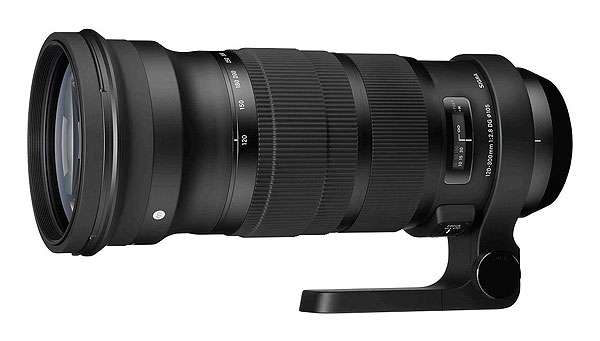
Sigma's plan is to have customers return their lenses to a service center, where the lens-mount and electronics will be updated. The lens will then be returned to the factory in Japan, where it will be calibrated and optimized appropriately for its new mount. The remounted lens will be returned with a fresh six-month warranty.
It's a revolutionary idea, and one which gives Sigma's lenses a hugely compelling advantage over any other optic, be it first-party or third-party. Think you might be tempted to change camera brands in the future? Only Sigma's lenses will go with you while retaining their automatic features. Concerned that your chosen brand may not be fully committed to its lens-mount, or that the company itself might not always be around? Again, only Sigma is providing insurance against these eventualities.
Let's take a closer look at Sigma's compelling proposition.
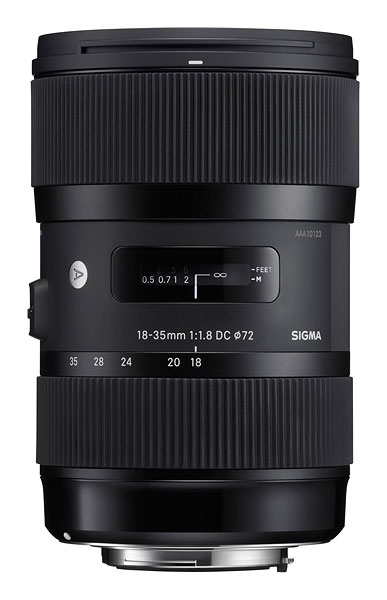
What drives camera brand loyalty?
It's really pretty obvious why photographers don't flit back and forth between brands to get the best interchangeable-lens camera bodies. If you're truly taking advantage of the ability to switch lenses, it doesn't take long for your camera body to become a relatively minor part of your investment. You've bought into a system, and it's the accessories -- and especially all those great lenses you selected -- which ensure that you stay with your current brand, even if your camera body has been bested by the competition.
All those lenses and accessories cost you a lot of money, and there's probably at least a few that you'd really miss, as well. Taking them with you isn't really an option: At best, you could mount them through an adapter and shoot completely manually, but most photographers these days don't shoot that way. We're reliant on aids like autofocus, aperture control, and optical stabilization, and with a mount adapter you lose all of that. But it's too hard to stomach the idea of selling your lenses and accessories, losing money in the process, so you stay with the devil you know, greener grass or not.
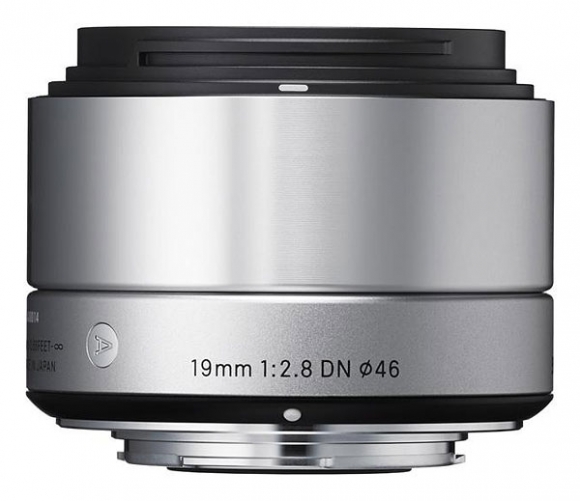
Camera manufacturers, of course, rely on that. From their perspective, that's the advantage of an interchangeable-lens system: once a new customer has bought in and grown their system a bit, they're locked in. Their main rivals find it hard to pry customers away, and new purchases will likely stay with the same brand.
Of course, the third-party lens manufacturers are a fly in the ointment, but by not publishing a mount specification -- and silently changing it every now and then -- the camera manufacturers can keep them in check. That's why the third-party lens companies have traditionally competed on price: it's tough to come up with a compelling advantage for your products when you don't control the lens-mount. Plucky, family-owned Sigma, though, has decided to take the camera manufacturers head-on.
Serving notice to other manufacturers
First, Sigma focused on bringing the quality and build of its lenses up to -- and arguably, beyond -- that offered by many first-party products. (A new lens testing system based on its in-house Foveon image sensor technology helped with that.) Second, it came up with a solution to the problem of manufacturers silently changing the communications protocols between lens and camera body.
Previously, third party lens companies had to have customers return their lenses to a service center for a firmware update, which is an expensive and laborious process. With a clever USB dock accessory, though, Sigma has made it possible for customers to upgrade the firmware of their own lenses -- and not just that, but to subtly tweak how their lenses work in ways that aren't possible even with first-party glass.
Arguably, this last was the most important thing Sigma had done -- until now. By giving itself a capability that wasn't in the camera manufacturers' own product, Sigma provided itself with a unique selling point. Now, it follows up with something even more groundbreaking: the ability to jump ship from one lens-mount to another, and take your lenses with you!
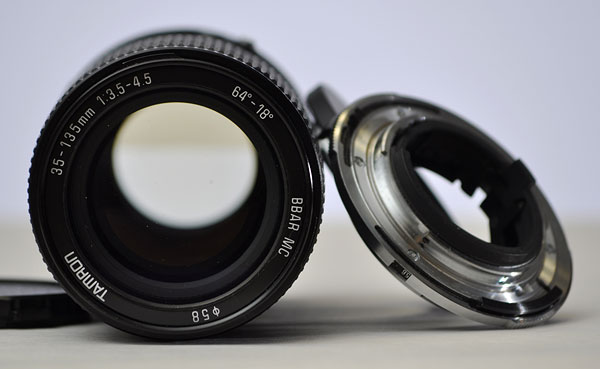
Not the first time we've seen mount switching
Sigma's plan is, in a way, similar to the long-discontinued Tamron Adaptall and Adaptall-II lens lines, but with some important differences. For one thing, the Adaptall products were completely manual, where Sigma will be enabling customers to switch mounts while retaining the electronic features of their lenses.
More importantly, though, the Adaptall lenses featured a user-interchangeable lens-mount, a design which made the system approachable to users, but likely at the expense of reduced build and image quality. (A mount attached to the optic at the factory will have finer tolerances than one you can simply detach and replace at will, and without any tools.)
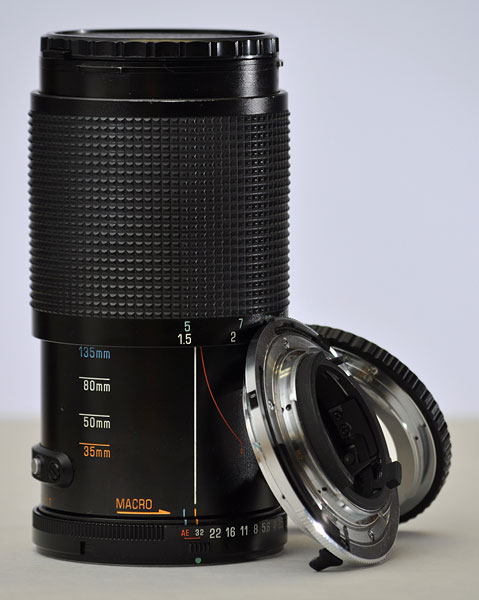
Why Sigma's move is a revolutionary one
Given the cost of having your lenses converted, and the fact that you'll need to be without them for a period while they travel around the world and back, you're still not going to be jumping back and forth between lens-mounts at every new camera announcement. Still, there is no denying that this is a groundbreaking announcement. The camera manufacturers themselves are now faced with a competitor offering a feature they simply can't match. Not only that, but each lens they don't sell -- and Sigma does -- increases the possibiity that one of their DSLR or mirrorless customers could decide to leave their stable altogether, if a rival offers a more compelling camera body. (Including Sigma, of course, with its own SA-mount camera bodies.)
We're sure this will have both photographers and camera makers standing up and paying attention to Sigma, if they haven't been already.
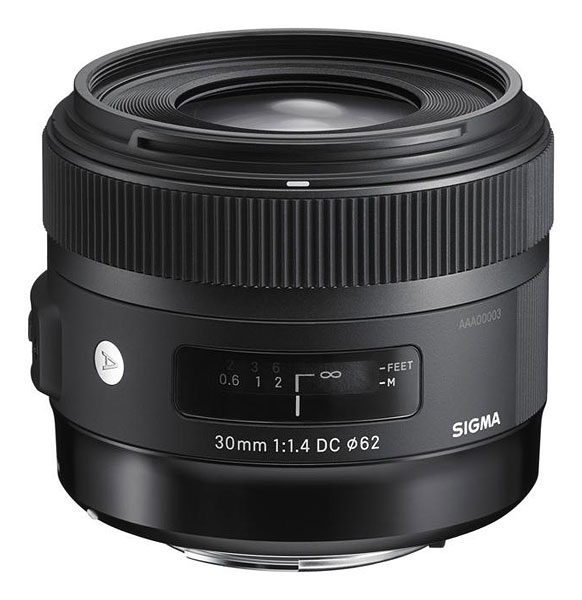
Which lenses are eligible
In full, the current list of lenses that can be converted is as follows:
-
Full-frame lenses
- 120-300mm F2.8 DG OS Sport
- 35mm F1.4 DG Art
-
APS-C lenses
- 30mm F1.4 DC HSM Art
- 17-70mm F2.8-4 DC OS Macro Contemporary
- 18-35mm F1.8 DC Art
-
Mirrorless lenses
- 19mm F2.8 DN Art
- 30mm F2.8 DN Art
- 60mm F2.8 DN Art
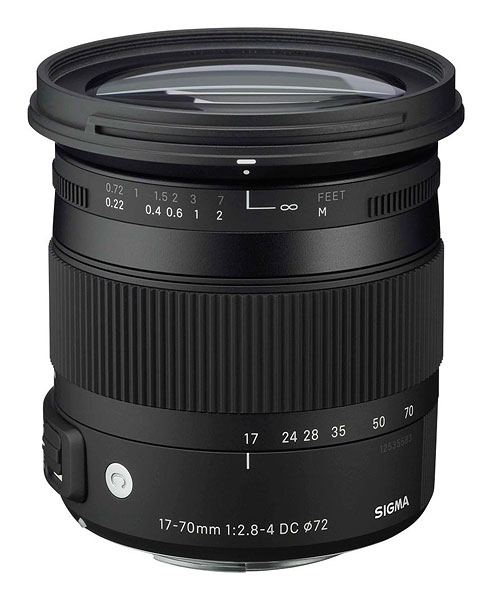
Standardized warranties
Alongside this attention-grabbing news, Sigma has also announced another change that's likely to fly under the radar, but it's actually one that's likely to have an even greater impact on its customers. Effective immediately, all Sigma products will be covered under the same warranty term -- be they camera bodies, lenses or accessories. All Sigma products sold after July 1, 2013 will come with a generous four-year warranty, making it easier to keep track of how long your Sigma products are covered. (Previously, different products came with different warranty periods.)
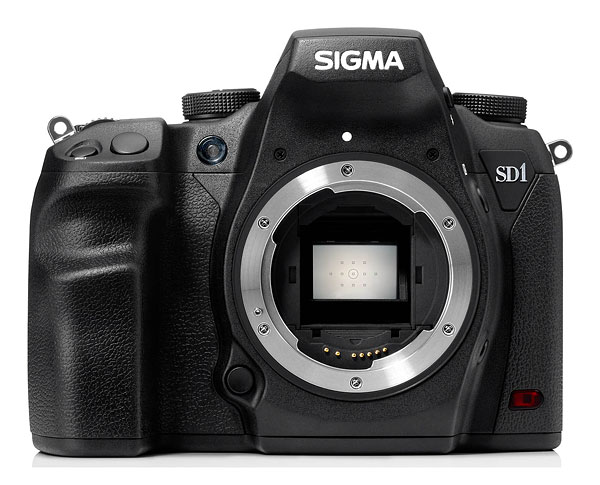
(Adaptall-II lens images courtesy of Andrew Butitta / Flickr. Used under a CC-BY-SA 2.0 license.)